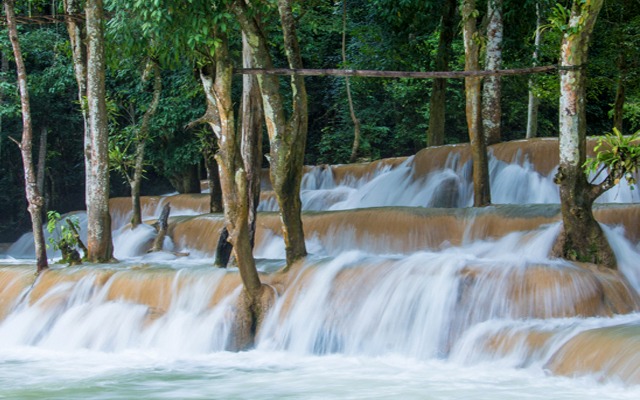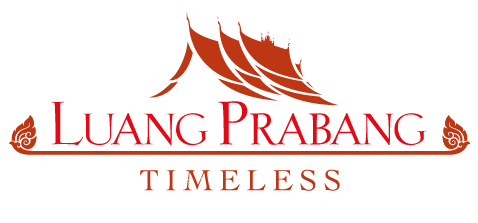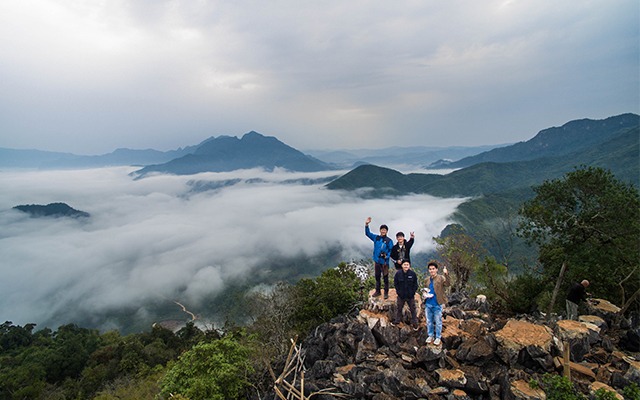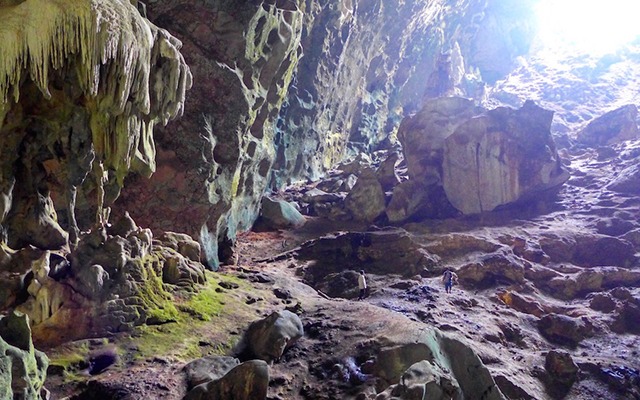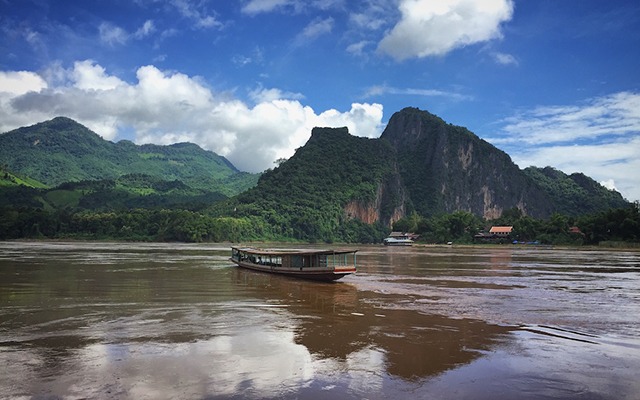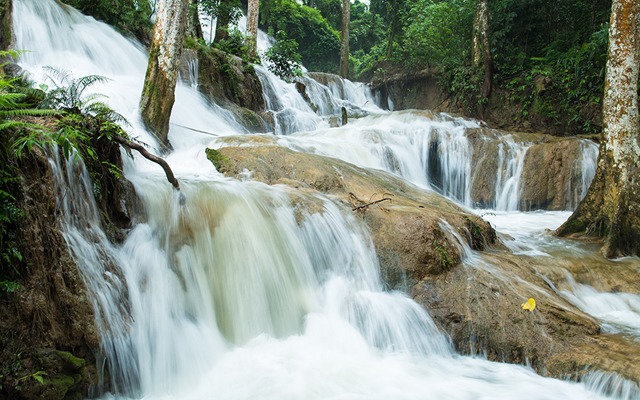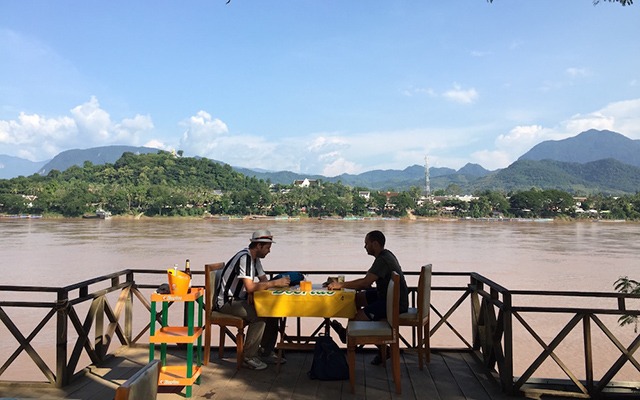On The Trail Of Henri Mouhot
History And Culture: On The Trail Of Henri Mouhot
Did you know that famous French natural Henri Mouhot, the first white man to map the wonders of Ankor Wat, is buried just on the outskirts of Luang Prabang? This day trip will lead you to the gravesite of this fascinating man. On the way you’ll get a chance to learn more about local arts and crafts – then it’s off to bathe elephants before bathing yourself at the beautiful Tad Sae Waterfalls.
1. Ban Phanom
Just 2 kilometres from the town, Ban Phanom is home to a group of very gifted weavers who have been making stunning textiles on wooden looms using traditional patterns and techniques for many years. All of the products at the Phanom Handicraft Centre are made in Luang Prabang and the 82 women who provide products to the centre take great pride in their work. In the centre there are scarves, shawls, skirts and blouses for sale – all 100% locally made.
Across the road is a silversmith shop that’s worth a look – if not for the jewellery, for the intriguing trinkets and stuffed deer heads hanging on the walls. If you’re lucky, one of the artisans will be working out the back and you observe the way they use a hammer and nails to engrave silver bowls. To get to Ban Phanom, take the road heading north-east out of town, past the golden stupa known as Wat Paphonphao on the hill.
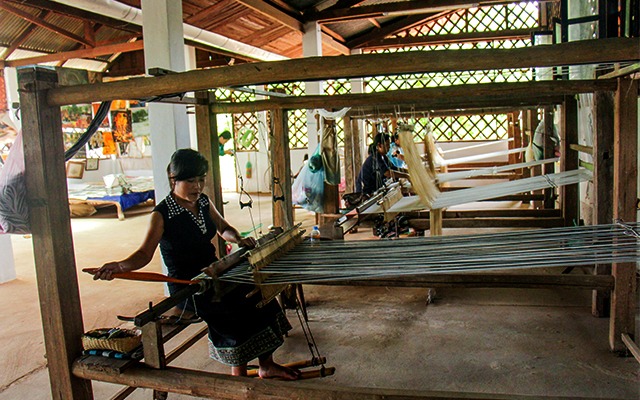
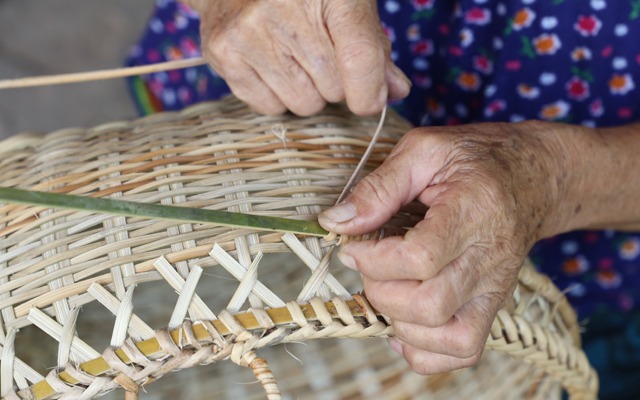
2. Ban Done Keo
You might have noticed large woven bamboo rubbish baskets on the streets of Luang Prabang. Many of these come from Ban Done Keo, a small but charming village located close to Ban Phanom. Here you’ll find locals sitting outside their homes with piles of stripped bamboo branches that they weave together using various patterns to make large baskets. This is not a tourist village by any means, so don’t expect any signs pointing you in any particular direction once you arrive…it’s more for the traveller who enjoys strolling around and seeing how local people make a living using traditional means. To get to Ban Done Keo, turn left onto a dirt road after Ban Phanom.
3. Who was Henri Mouhot?
A man with a burning desire to explore the unknown, Henri Mouhot was a French naturalist who was the first to document the ruins of the capital of the ancient Khmer civilization of Cambodia – Angkor – to the western world. The site, Angkor Wat, is now one of the most famous tourist destinations in Asia. After his journeys through Cambodia, Mouhot set his sights on Laos. He had been warned that few foreigners had entered the jungles of Laos and returned safely but he ignored their concerns and set off on his expedition in the summer of 1860. He made it to Luang Prabang and wrote this in his diary about the beauty of his surroundings:
‘A splendid night; the moon shines with extraordinary brilliancy, silvering the surface of this lovely river, bordered by high mountains, looking like a grand and gloomy rampart. The chirp of the cricket alone breaks the stillness.’
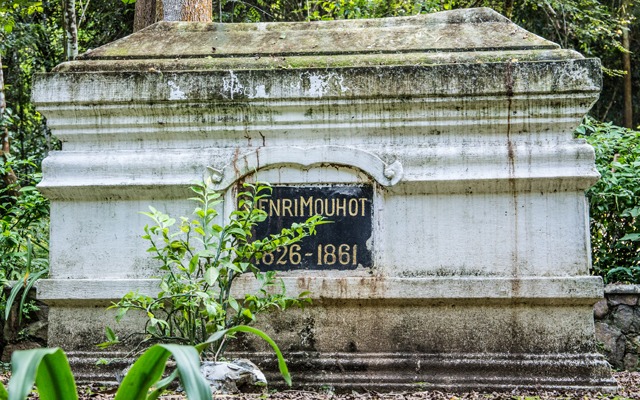
A few months later he was struck by a terrible fever. He died on the evening of 10 November 1861 and was buried by his faithful servants on the banks of the Nam Khan River, east of the town. Many years later an official tombstone was erected at the site.
To reach the grave of Henri Mouhot, follow the signs to the Elephant Village. Once you pass Ban Phanom (and before Ban Noonsavat) you will come to a sharp S-bend in the road and see a small shack on the left with an even smaller sign about the tomb site. Walk down that little road down until you get to a small toilet block where you need to turn right and walk up a jungle path. It will take about 10 minutes to reach the grave and in the dryer months you can access it via the riverbank.

4. The Elephant Village
There are many companies that offer tourists the chance to get up close and personal with elephants in Laos – each slightly different in their approach. The Elephant Village is set on a beautifully maintained piece of land next to the Nam Khan River. It caters for more of the upmarket traveller – with packages on offer that combine elephant riding with private picnics at secluded waterfalls in the jungle. You can also learn how to be a mahout. They are in the process of phasing-out saddle seats, so if you want to ride an elephant bareback, this is the place to do so.
Although they welcome drop-in visits, they prefer that you book ahead for your elephant experience as the park gets very busy and there are limited hours during which the elephants are active. More information on their website. Most of the packages that you can book through this company offer a private boat drop-off to Tad Sae Waterfalls.
5. Tad Sae Waterfalls
The focus of many Luang Prabang itineraries when it comes to waterfalls is Kuang Si but during the rainy season, Tad Sae waterfalls is just as picturesque, if not more spectacular than Kuang Si. It might not have the height of other falls, but it’s the breadth that makes Tad Sae a truly awesome sight. There are several spots to swim, as well as raised wooden walkways that help you to safely navigate around the pools. There are activities on offer at the site including zip lining, elephant riding and hiking. You can reach the waterfall by booking a trip through the Elephant Village or by cycling/catching a tuk tuk to Ban An where you can take a boat across the Nam Khan to the site. Currently it’s not possible to drive all the way to the waterfall. There are two restaurants that serve a mix of Lao and European dishes…as well as fresh coconuts.
